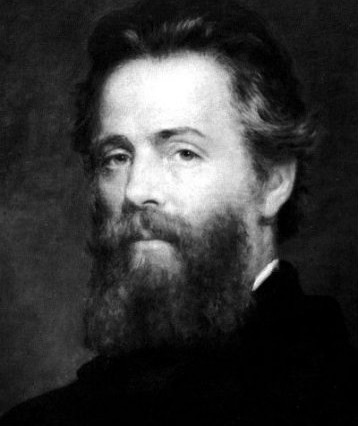Introduction
The Battle of Shiloh took place on April 6–7, 1862, in Tennessee. Confederate troops took the forces of Union General Ulysses S. Grant by surprise, but the tenacity of the defenders, the death of Confederate commander Albert Sidney Johnston, and reinforcements helped the Federals turn the tide and win the day. However, it came at a frightful cost. The combined casualty list totaled 23,746, more than all of America’s previous wars. This haunting poem from 1866 by Herman Melville (1819–91), one of America’s greatest novelists and author of Moby-Dick (1851), is taken from his Battle-Pieces and Aspects of the War. This collection of poetry, inspired by the Civil War, deserves to be much better known.
Why is the poem called “A Requiem”? What mood and tone does it convey? What purpose is served by the “skimming swallows” that appear at the beginning and end of the poem? What is the point of emphasizing that the fight took place around the church at Shiloh—“the church so lone, the log-built one”? What does Melville mean when he says of the “dying foemen” who “mingled” on the field of Shiloh: “Fame or country least their care: / (What like a bullet can undeceive!)?” Were the soldiers who fought and died at Shiloh “deceived”? Do you think that they shared the poem’s view of their battle?


 (4 votes, average: 4.75 out of 5)
(4 votes, average: 4.75 out of 5)
Post a Comment